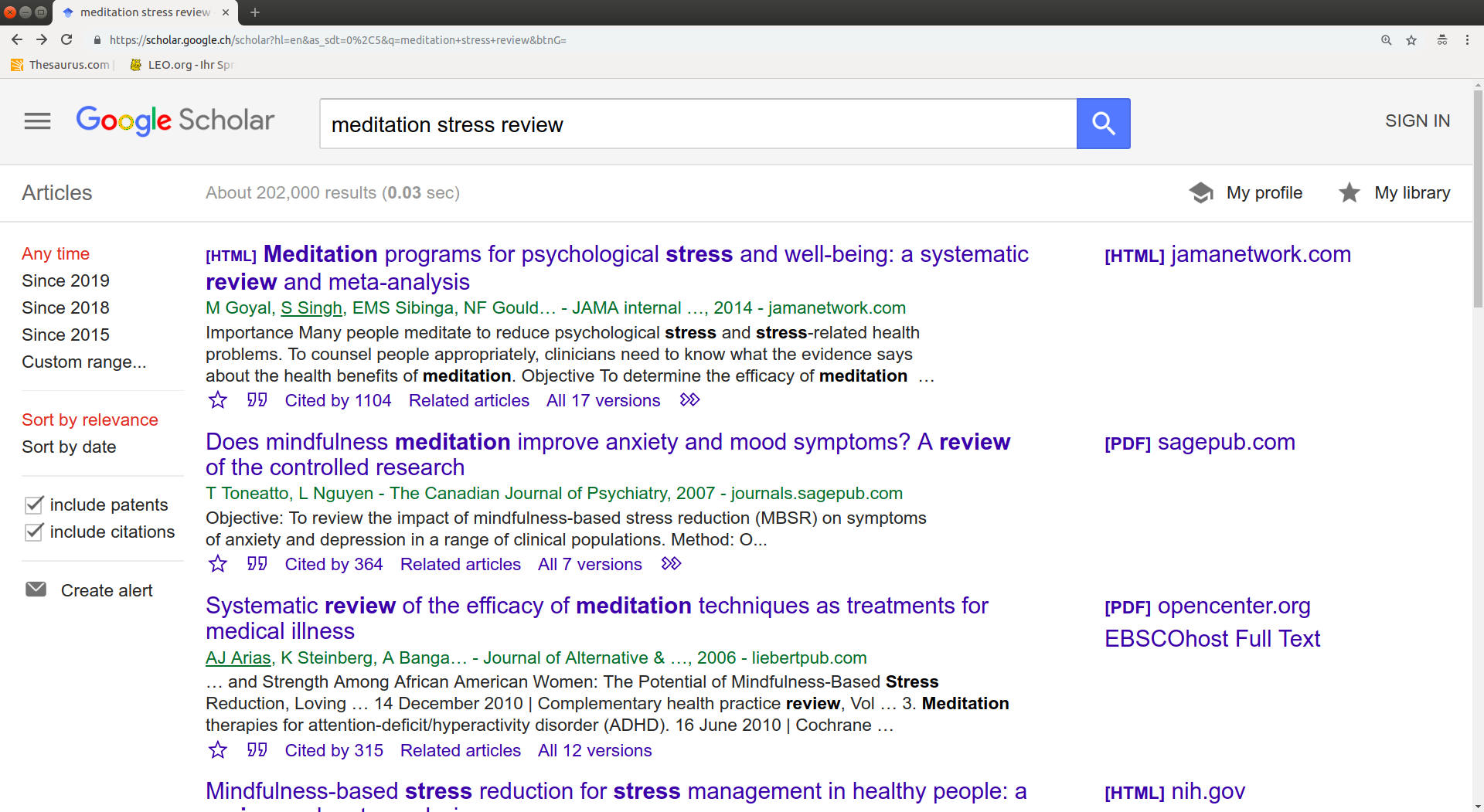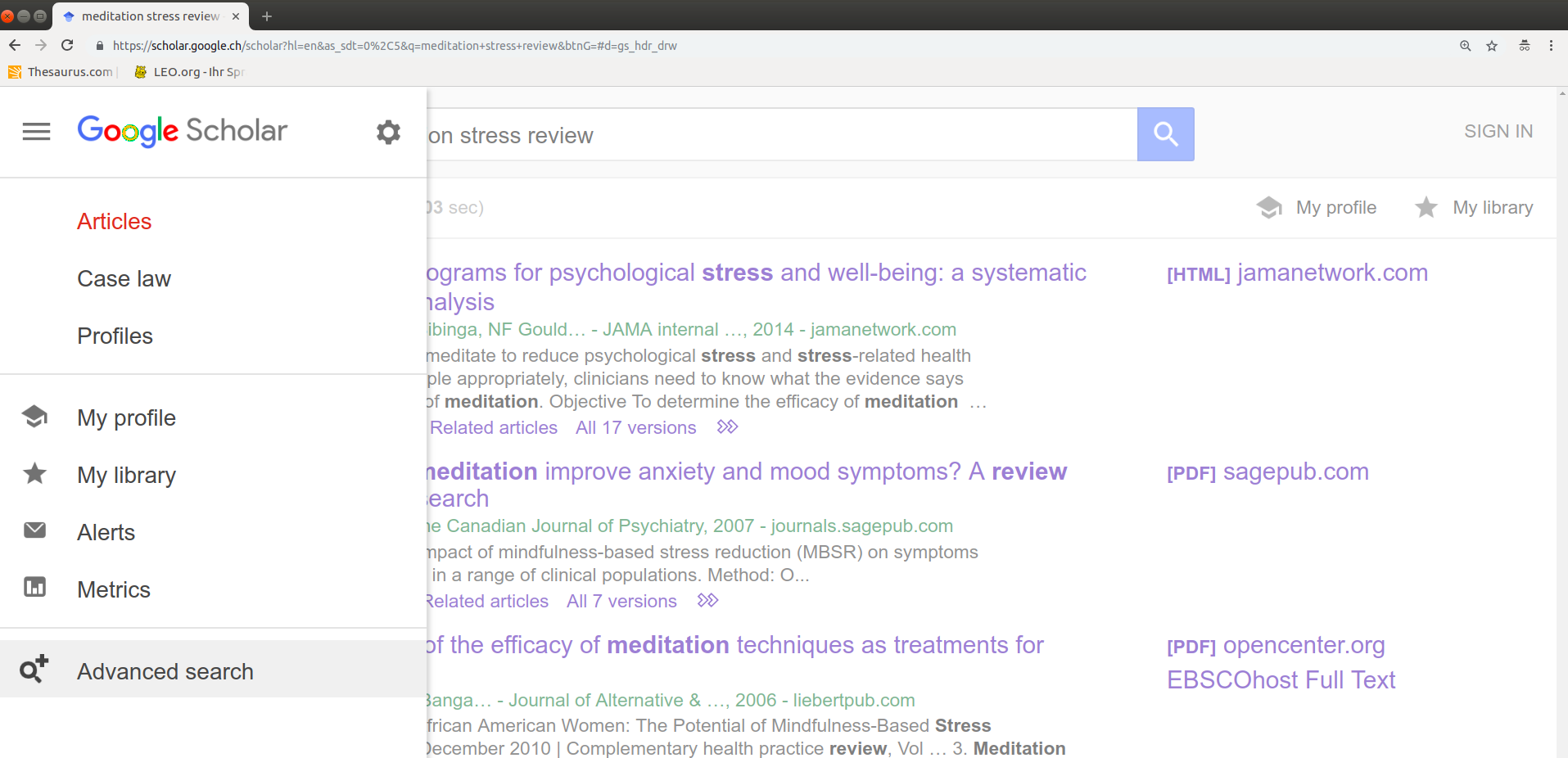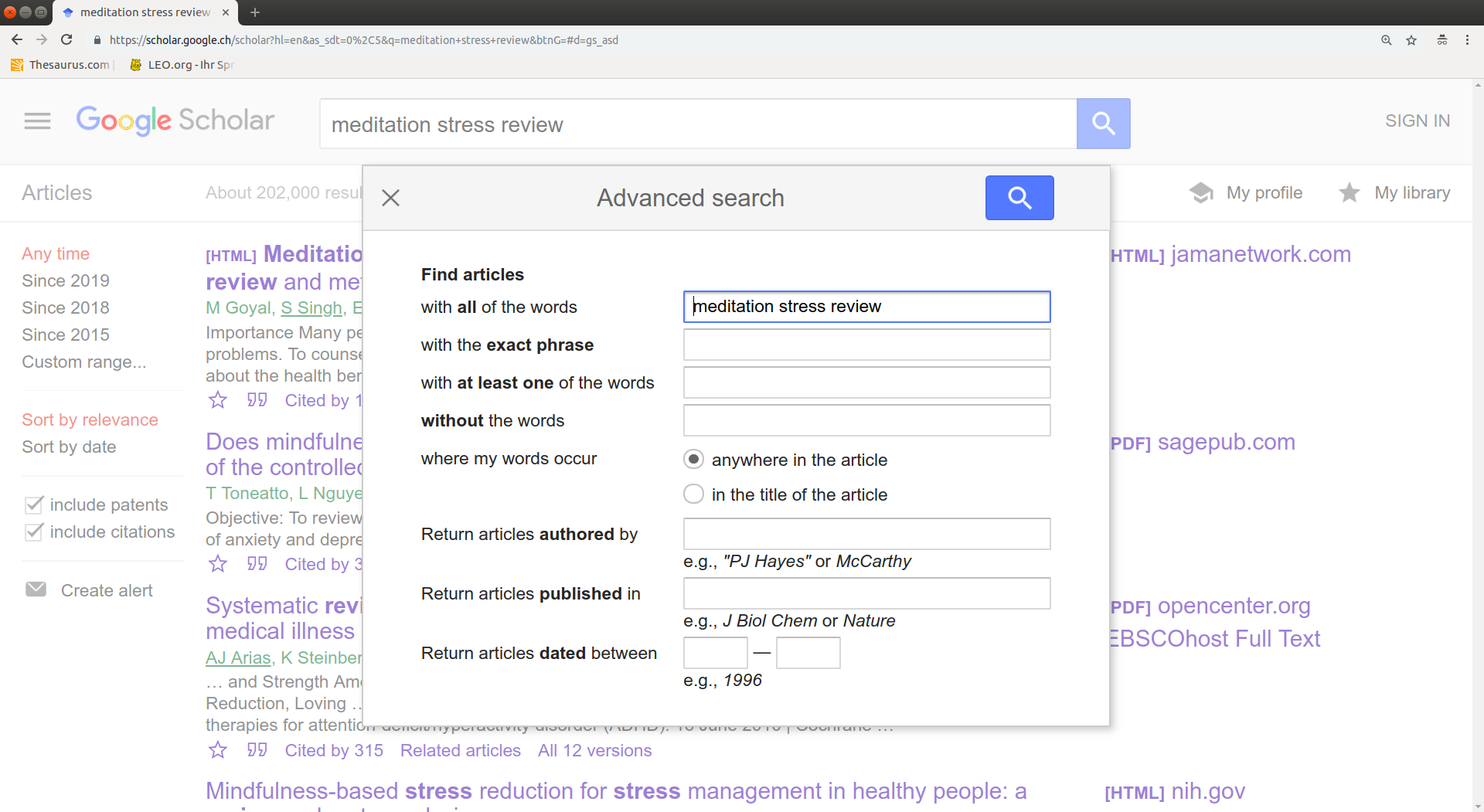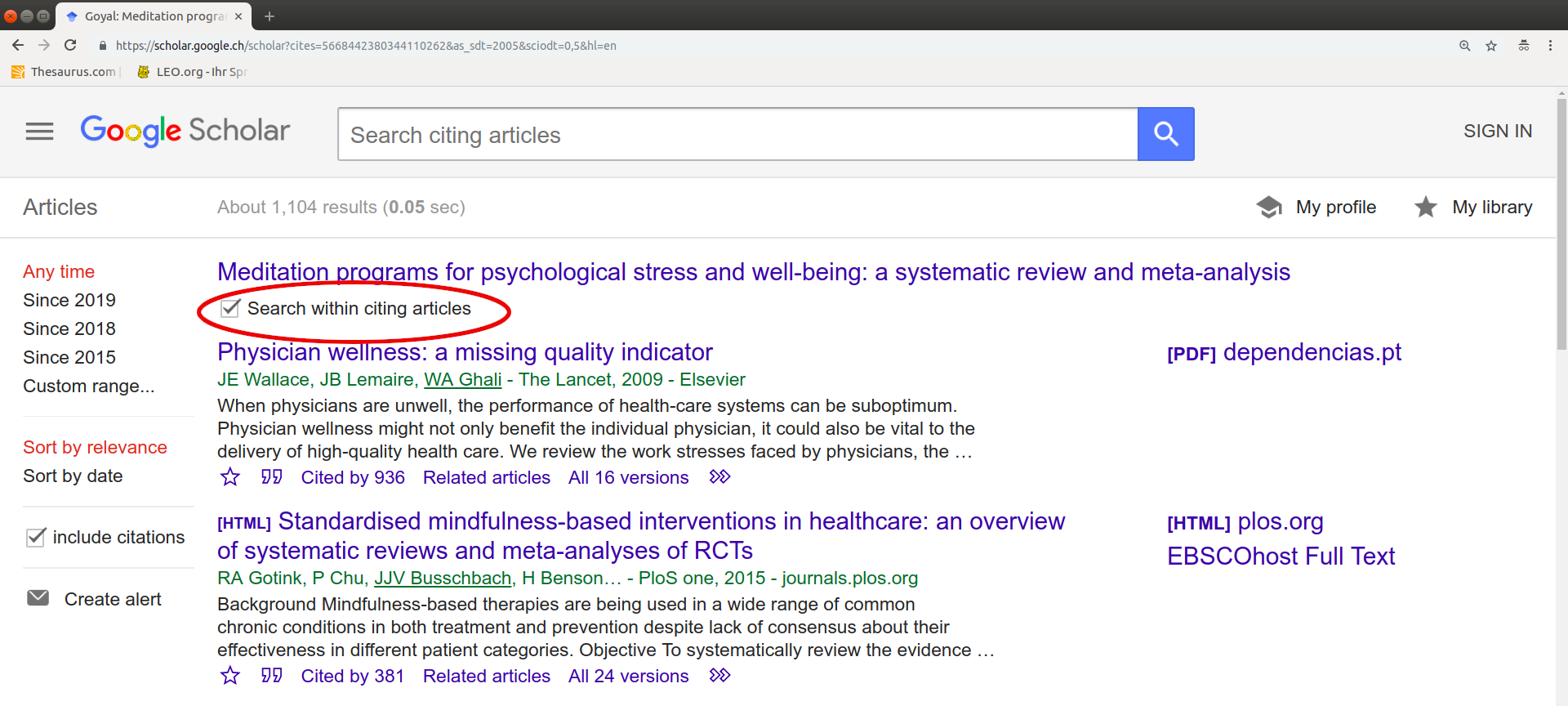
You are not a scientist, but sometimes you wish you could read and understand scientific papers? Maybe you never dared. Maybe you don’t know how to approach it. And maybe you already tried, but found the papers impenetrable, so you gave up. Certainly, scientific articles are not written for the general public. However, with the right strategy you can use scientific literature to find and extract relevant information whenever you need it.
Nowadays, the fake news seem to be everywhere. That makes it harder than ever to get accurate information. But even without the fake news, journalists often (unwillingly) distort information as they simplify it for the general audience. There might be topics where it doesn’t matter to you too much — but for others, you would like to get your information as accurate as possible. Whether it’s medical news, the latest discoveries related to your work, or some shrill headlines you feel sceptical about: being able to read and understand scientific research papers enables you to get your information from primary sources, as undistorted as possible.
If you are not a scientist, but would like to read and understand scientific articles, the following mini-series is written for you. Here, you will learn how to find relevant scientific literature, how to approach the reading of original research articles, how to understand the results including some basic statistics, and how to make sense of scientific findings.
This first part introduces the main types of scientific articles, explains how to search for the relevant papers and get access to them.
Types of scientific articles
There are several types of scientific articles that are useful in different situations.
The original research articles are the most numerous ones. As the name says, scientists report here the results of their research. These papers contain all the details about a study, including the data, analyses, and detailed description of methods. They are useful, for example, if you want to check the accuracy of some information, or decide for yourself whether the data really support some bold conclusion you read elsewhere.
However, because of their depth, original research articles are often hard to read and contain only a little piece of information needed to understand some complex phenomenon.
That’s why we also have review articles, which provide an overview of a certain topic or hypothesis. Review articles typically don’t contain new research results — they summarize and evaluate findings of (many) original research articles.
Such a summary can be done in various ways with different purposes. Thus, we distinguish systematic reviews that are often descriptive in nature and include all the relevant studies published on a certain topic (typically in the last period since the previous review on that topic was published). Systematic reviews sometimes contain meta-analyses of data from many individual studies to obtain a more reliable result than what is possible with a single study.
Another review type are critical reviews which focus on evaluation — of single hypotheses, opposing hypotheses, etc. — where the authors back their claims with literature as needed, but do not aim to include all the published studies. These reviews are often narrative, thus easier to read and follow.
Because of the summarizing and evaluating character, review articles are used by scientists to keep up to date with the typically fast-growing body of literature on the topic of their study. Moreover, review articles are a great help for scientists to get an overview of a topic they do not directly study, but which might still be relevant to their research.
Scientific journals publish also other types of articles: they can be called Opinions, Perspectives, Hypothesis articles, etc. As their names suggest, these articles convey the perspectives and interpretations of individual scientist concerning published results and the related scientific discourse. These articles help understand the published literature and put it into a broader context.
Scientific journals also publish Letters to the editor, which are short comments on individual published articles, often containing critique or offering alternative interpretations.
And finally, some journals, especially those aimed at wider audiences, offer articles for non-specialists that explain the findings and implications of an original research articles considered important enough such that researchers outside the narrow field might be interested in it. For example, the journal Nature calls these articles “News & Views”.
Besides scientific articles, an excellent source of information are doctoral dissertations. They are much longer than research articles, which allows them to provide more background information and dicuss the context of the research and the results in more detail. Consequently, doctoral dissertations are typically easier to follow and understand than research articles, albeit they achieve the same depth and precision.
Strategy for choosing the right article type

So what is a clever strategy for choosing the right article type for your needs?
If you want to check a bold headline, whether it is exaggerated or a legit conclusion to the available data, you can try to read the corresponding original research article. However, if you don’t have knowledge in the field and are generally not very familiar with reading scientific articles, you might instead — or additionally — look for an Opinion/Perspective article, a Letter to the editor, or a “News & Views” article on this topic.
If you want to understand a topic, or get an answer to a question you have, you might need to read more than one article to get a clear picture. Here, you could start with some popular or Wikipedia article to get a basic grasp of the topic. Next, you could read a review article — or two. Here, you will find claims supported with references. If you want to understand some aspects more deeply, you can have a look into some of the original research articles referenced in the review, and/or read some passages from the dissertation of the first author of a key article. And, again, to understand the broader perspective and experts’ opinions on this topic, you might want to check out some Opinion/Perspective articles.
Searching for the relevant papers
Now, it’s great to know about the different article types and when do you want to use which — but how do you find the articles that are relevant to you?
As you use google to search for general information, there is the site scholar.google.com that lets you search within academic publications. This search engine works similarly to google, but has some additional features that help you find what you need.
A result page on scholar google looks like this:

In the middle column are the listed articles. Click on the title takes you to the abstract of the article, which provides you a brief summary of the paper and its main findings and implications. Below each title, the authors, journal, and year of publication is shown, followed by a first few lines from the abstract. In the right column, links to the full articles are displayed. In the left column, you find the possibility to filter the results based on the year of publication.
More filters are available through the advanced search, which you can access by clicking on the menu icon in the top left corner and then selecting “Advanced search”:

Here, you can search for articles written by specific authors or published in a specific journal:

Another practical feature of scholar google is the “Cited by” link displayed with each listed article:

As you can imagine, this link takes you to the list of all articles that cited this one publication. Such function is helpful in different situations. For example, when you find a controversial study and want to see how other scientists think about it. Or you discovered a really interesting finding and want to know how it was further developed in subsequent studies. Here, you can even search within the cited articles, if you check the corresponding box:

Getting access
So you found an abstract that looks interesting — but realized that a link to the full article is missing. As you tried to access the full article (pdf or html) on the site displaying the abstract, you were faced with a paywall. Indeed, not all articles are published as Open Access. What can you do in such a case?
- First, you can try to google the pdf (type in the google search window the title of the article in quotation marks and add “filetype:pdf”). Some journals allow authors to place a copy of their article on their website — and this is the way to discover it (if scholar google does not find it itself).
- Next, you can gain access to paywalled articles through a library. Here, it’s typically enough to connect to the internet through the library’s wifi. (Though you might need to be a member of the library to access the wifi.)
- If you are a student, you should be able to access the university databases with your account. If needed, ask for help at the university library.
- If nothing of this works out — libraries and universities are not subscribed to all journals out there — you can try to email the author(s) of the article and ask for a pdf copy. An email address of the corresponding author is often published with the abstract (at “Article information”). If not, you can find the email address of virtually any active scientist through google (they are typically listed on research institutions’ websites). However, the corresponding author (i.e., the author to whom all correspondence about an article should be sent) is often the senior project leader — that is, the busy professor who has hard time to keep up with all their emails. So in case you don’t hear from them back within a week or two, try to email the first author — that’s usually some PhD student or other early-career scientist, who will be happy about your interest in their research.
- And then, there is Sci-Hub, which is an extensive, but illegal database of articles and books breaking the copyright laws (but this might change in the future). Because of this, we cannot officially recommend its usage.
Beware of predatory journals
What makes scientific literature such a valuable source of information is, among others, the peer-review process: each manuscript is thoroughly checked before publication by other scientists working in the same field.
Unfortunately, the last decade saw an emergence of numerous journals that do not engage in a proper peer review, and use all kinds of dirty tricks to convince scientists to publish with them. That’s why they are called predatory journals.
Since the research published in these predatory journals is not peer-reviewed (or even not otherwise selected — it’s just a money machine for the fraudulent publisher), it can’t be trusted.
How can you recognize papers published in predatory journals? These articles often have unprofessionally looking formatting and poor language. The good news is that if you have a suspicion that an article you are reading might come from a predatory journal, there is a place to check it: the online list of possibly predatory journals and publishers that is continually updated by the academic community.
Questions?
So now you know how to find scientific articles of the right type depending on your needs, how to get access to them and avoid predatory publications. If you still have open questions you would like to get answered, don’t hesitate to leave a comment.
The second part of this series introduces an effective strategy for reading scientific articles without getting overwhelmed.
https://arxiv.org/ provides open and early access to papers about physics, astronomy, maths, computer science, and other. Mind that papers are placed there without peer-review, although many of them have been accepted for publication in peer-reviewed journals.
Another tool, but relevant only to astronomers: https://ui.adsabs.harvard.edu/